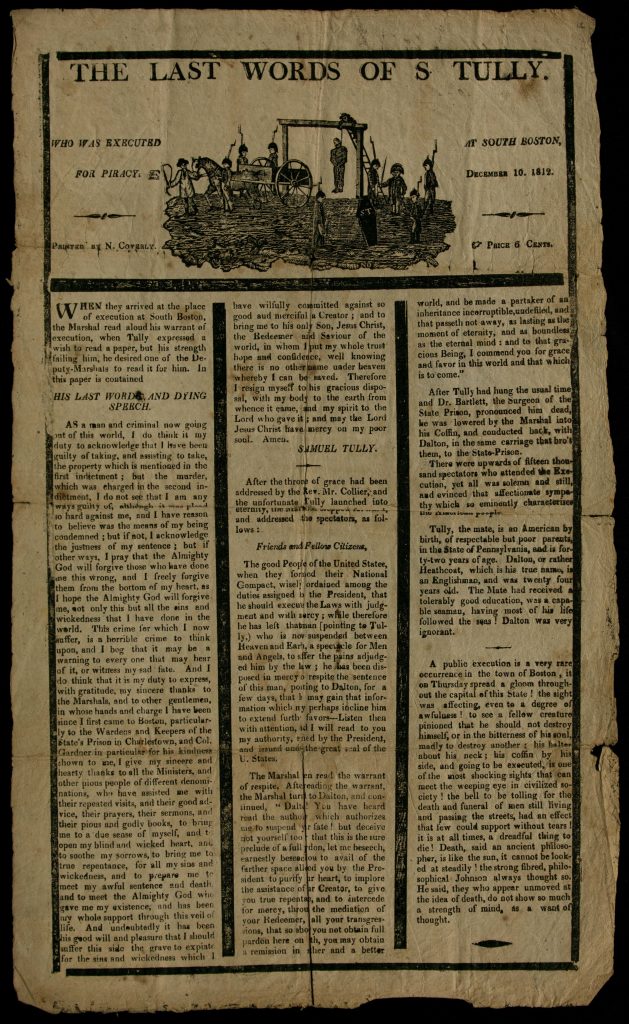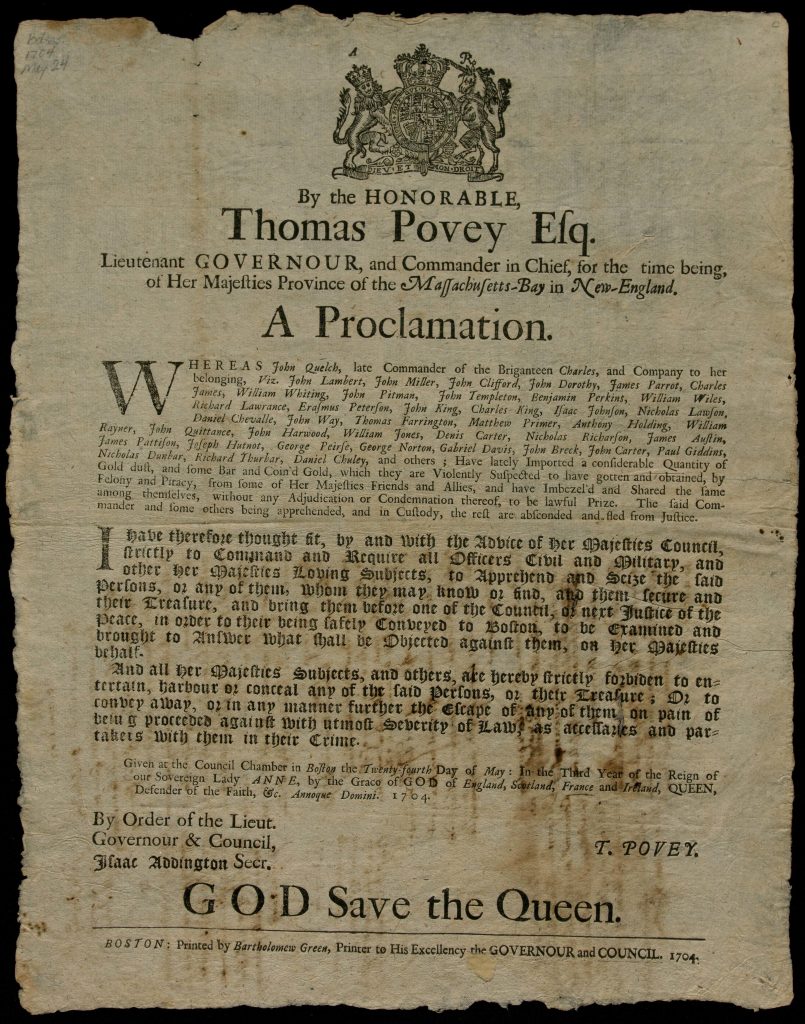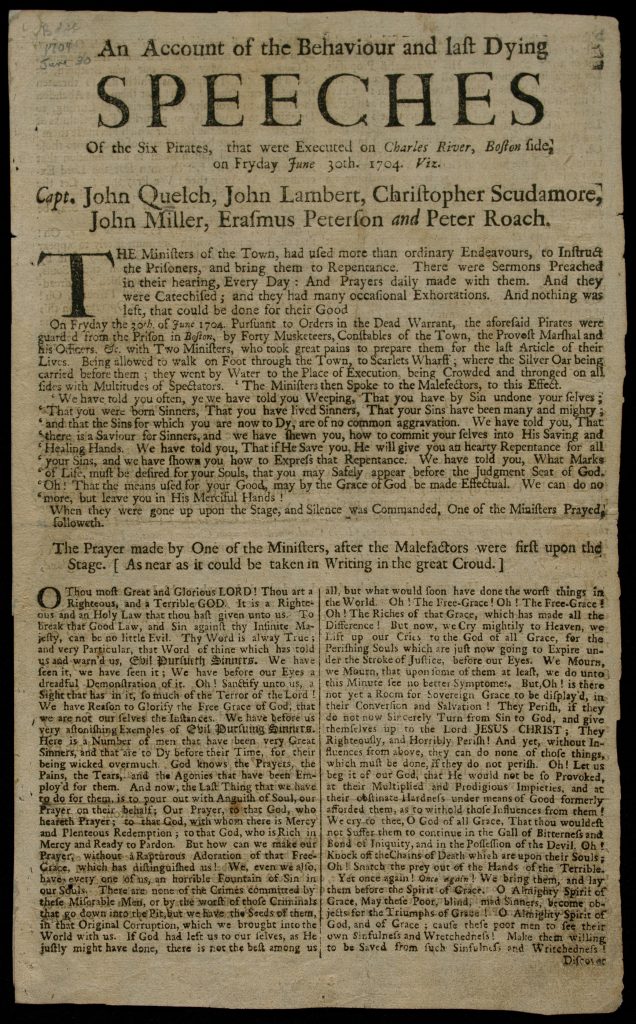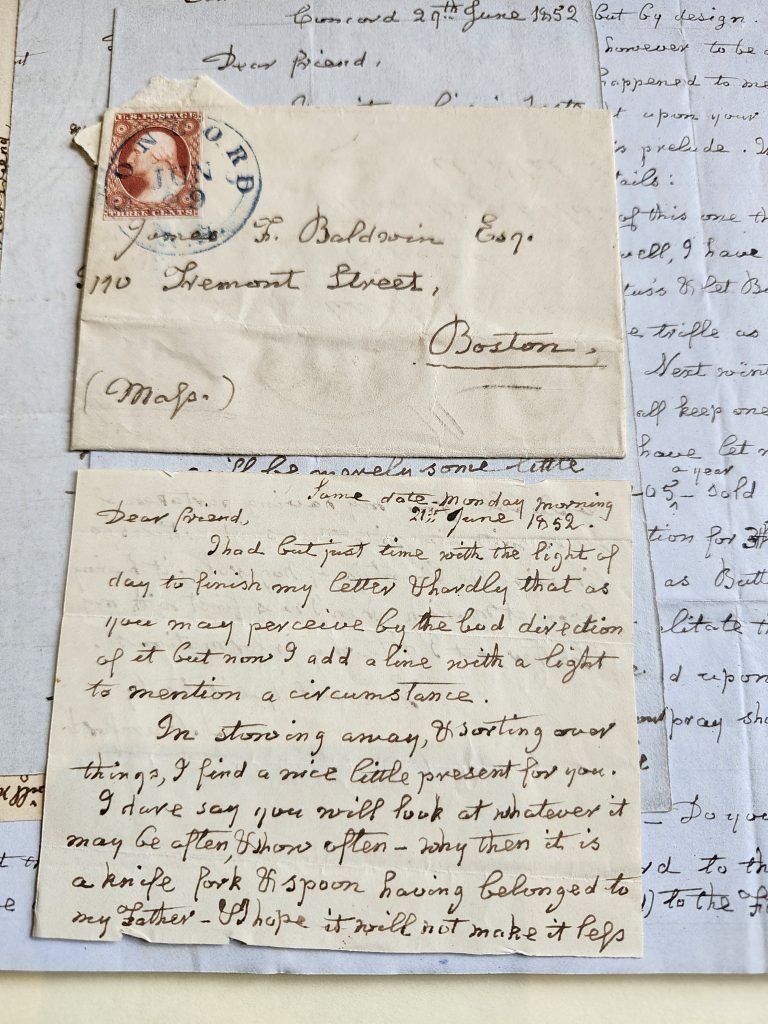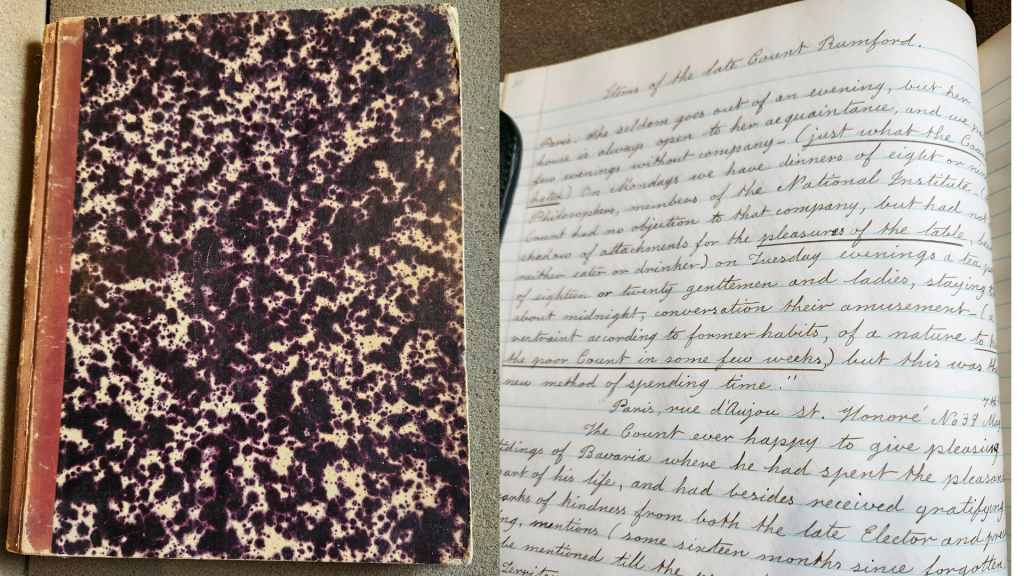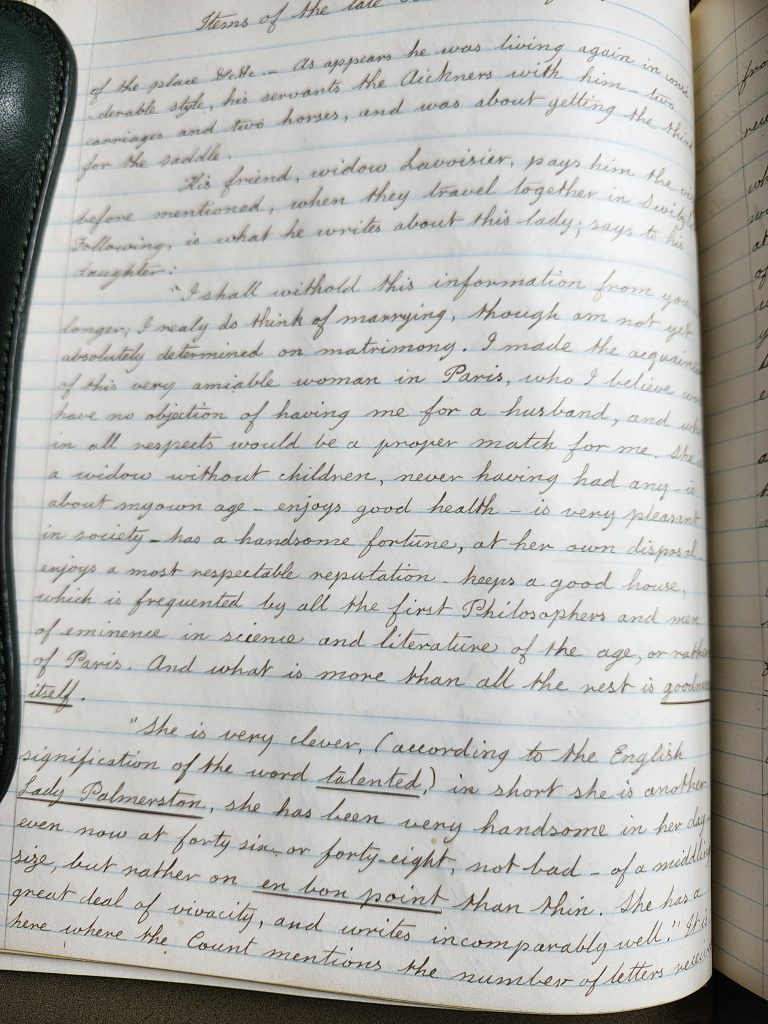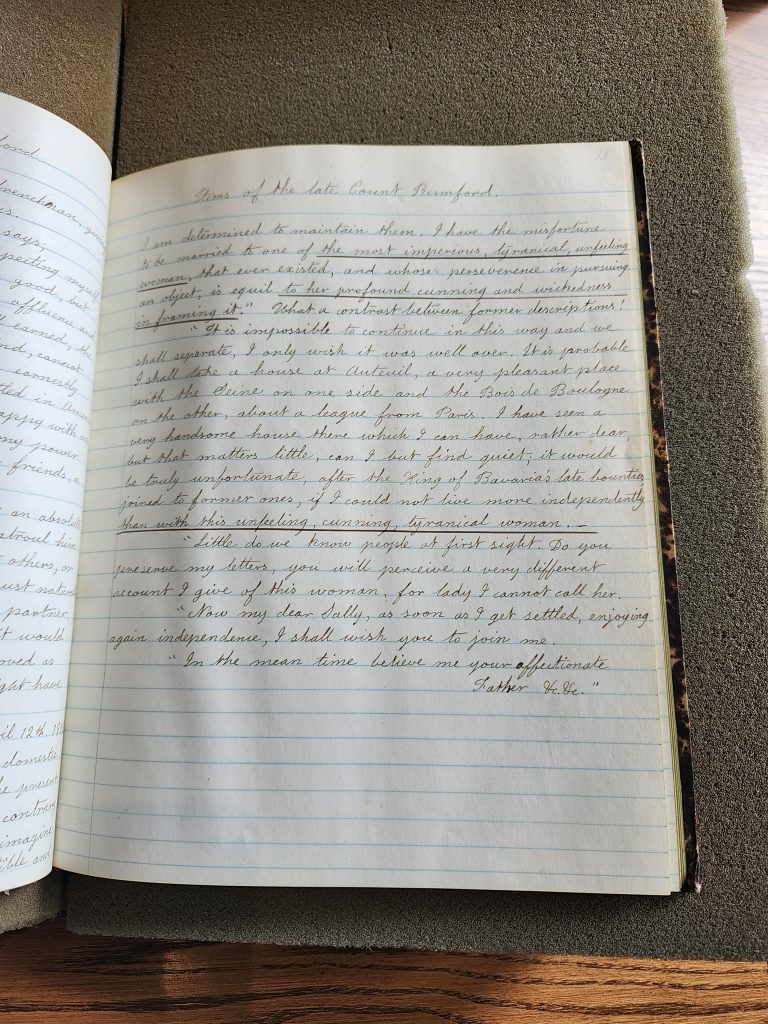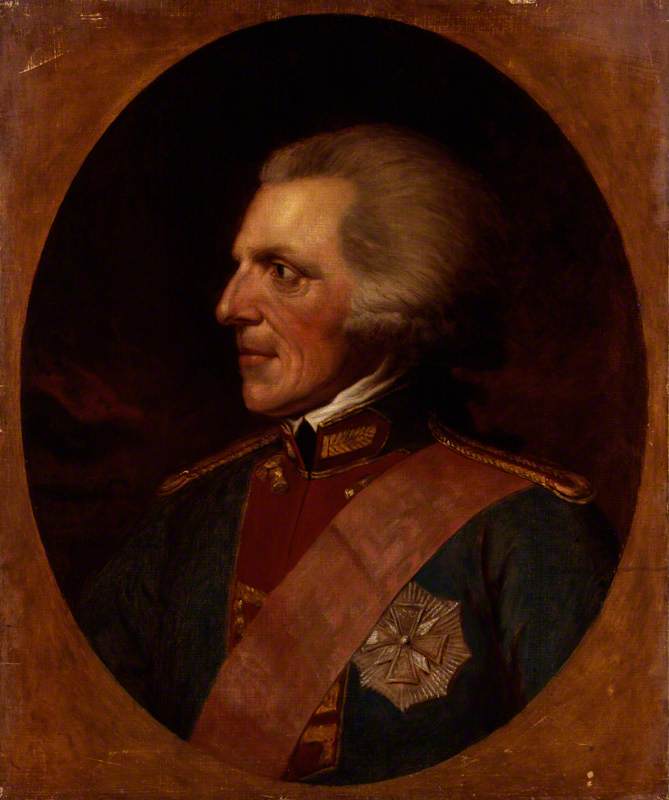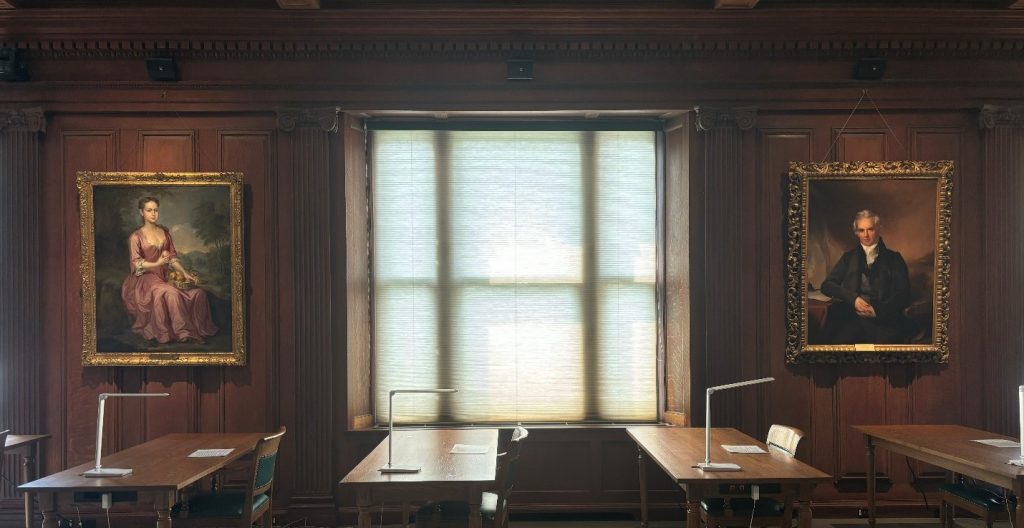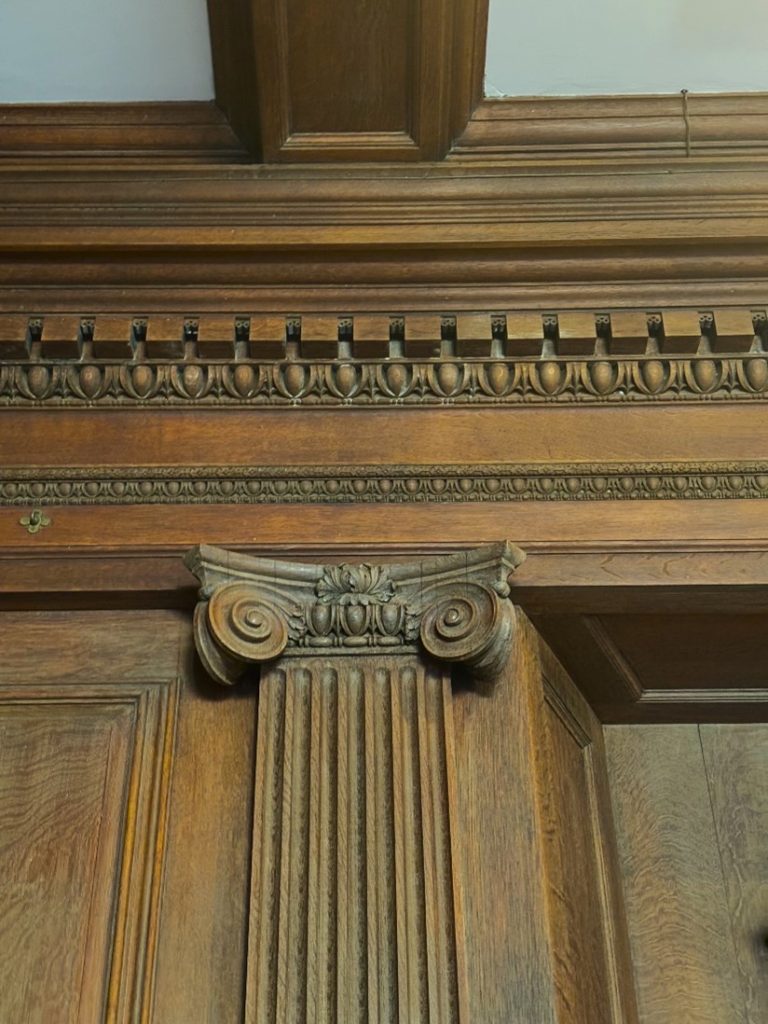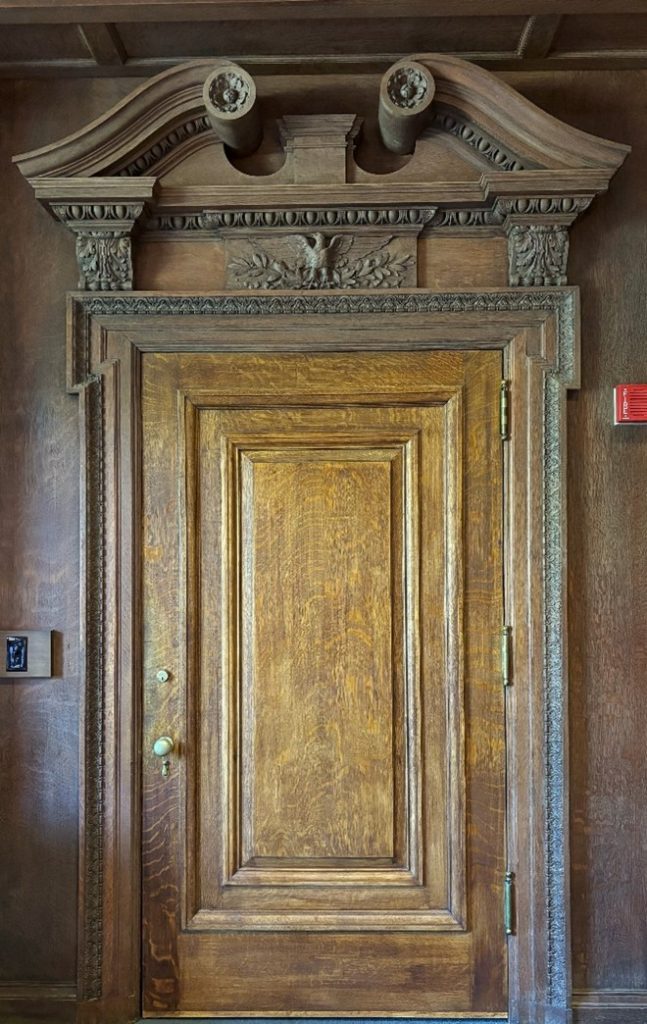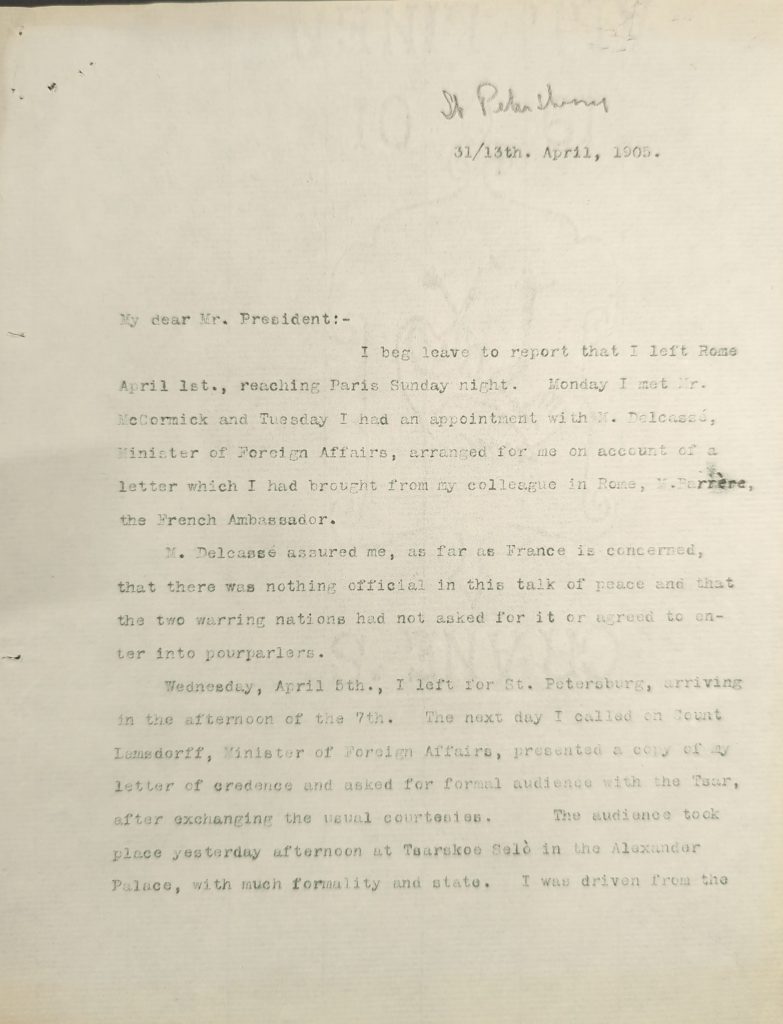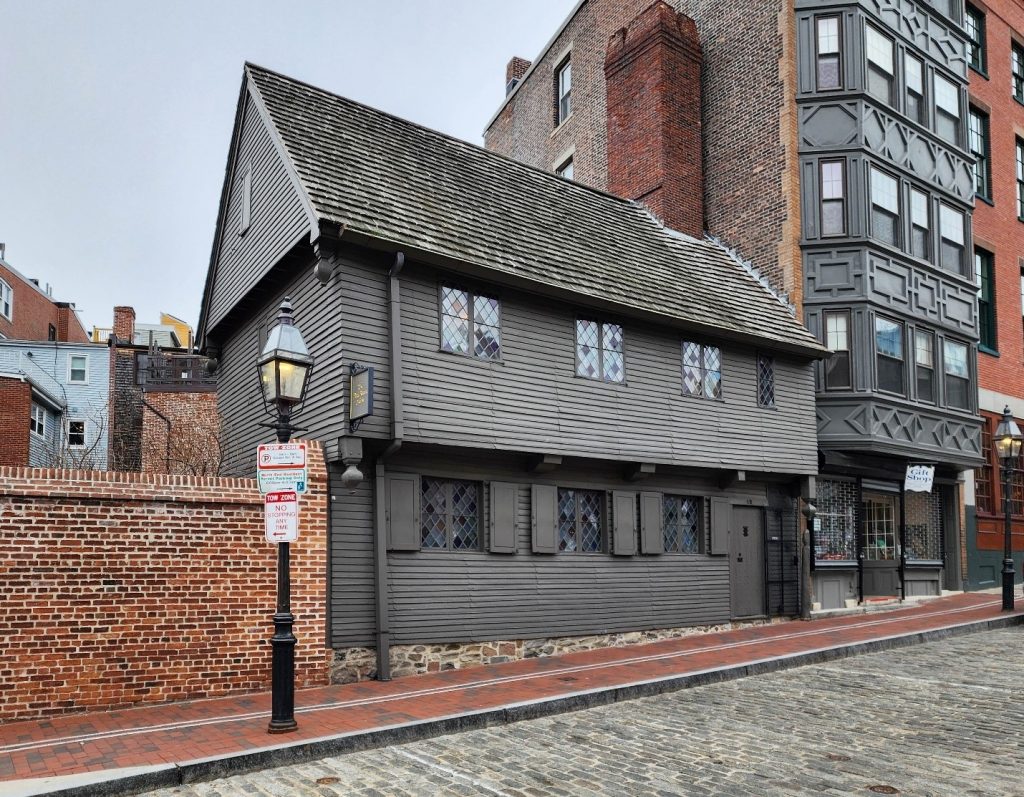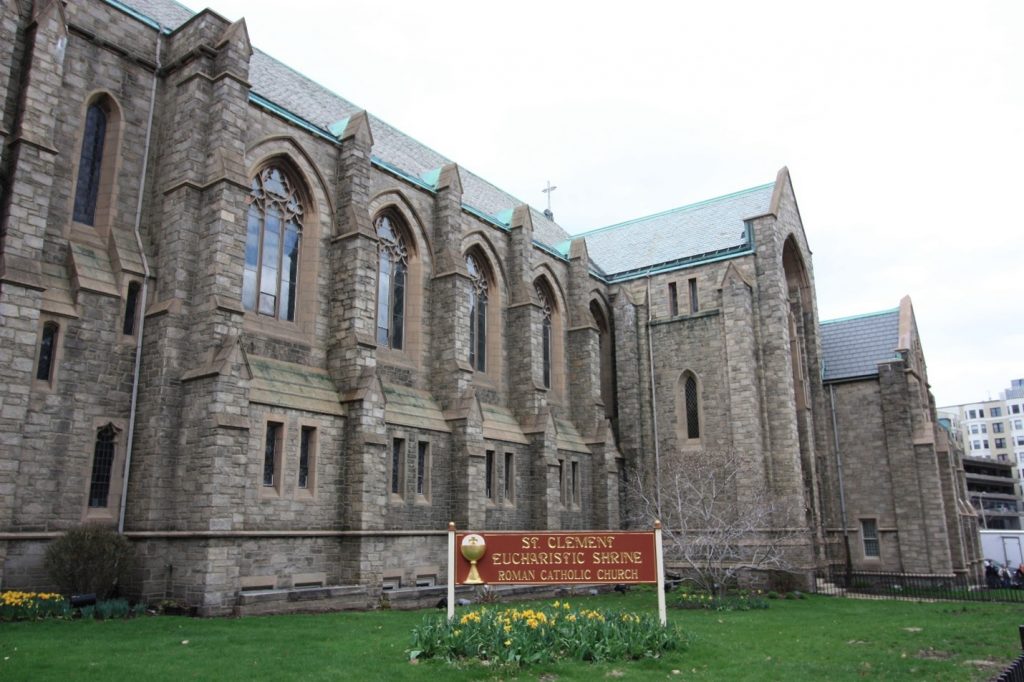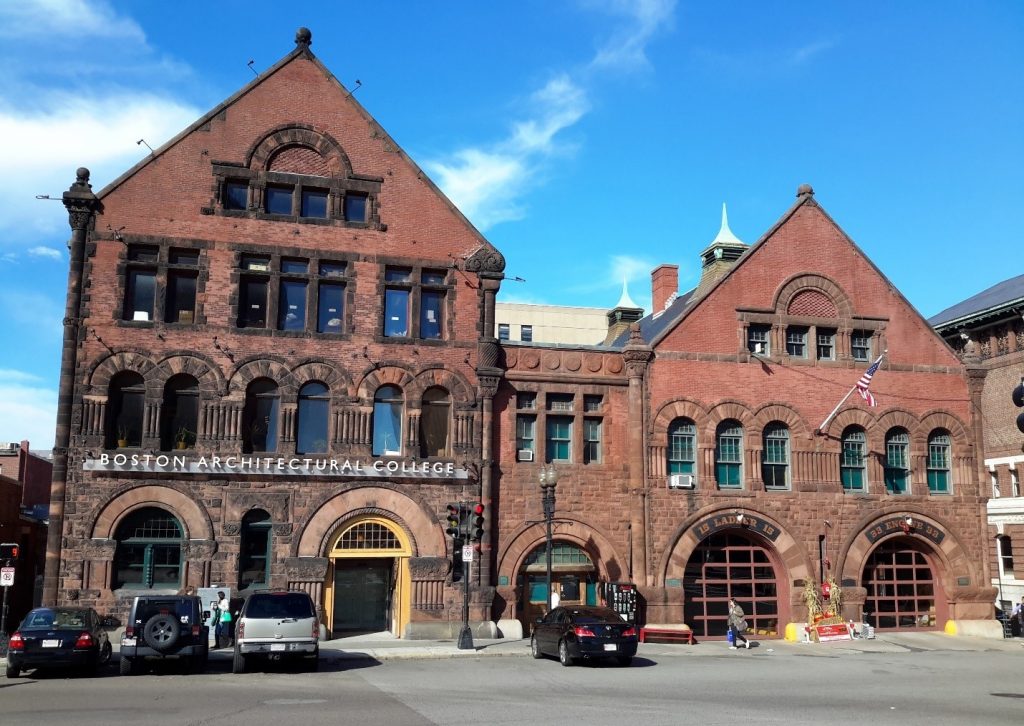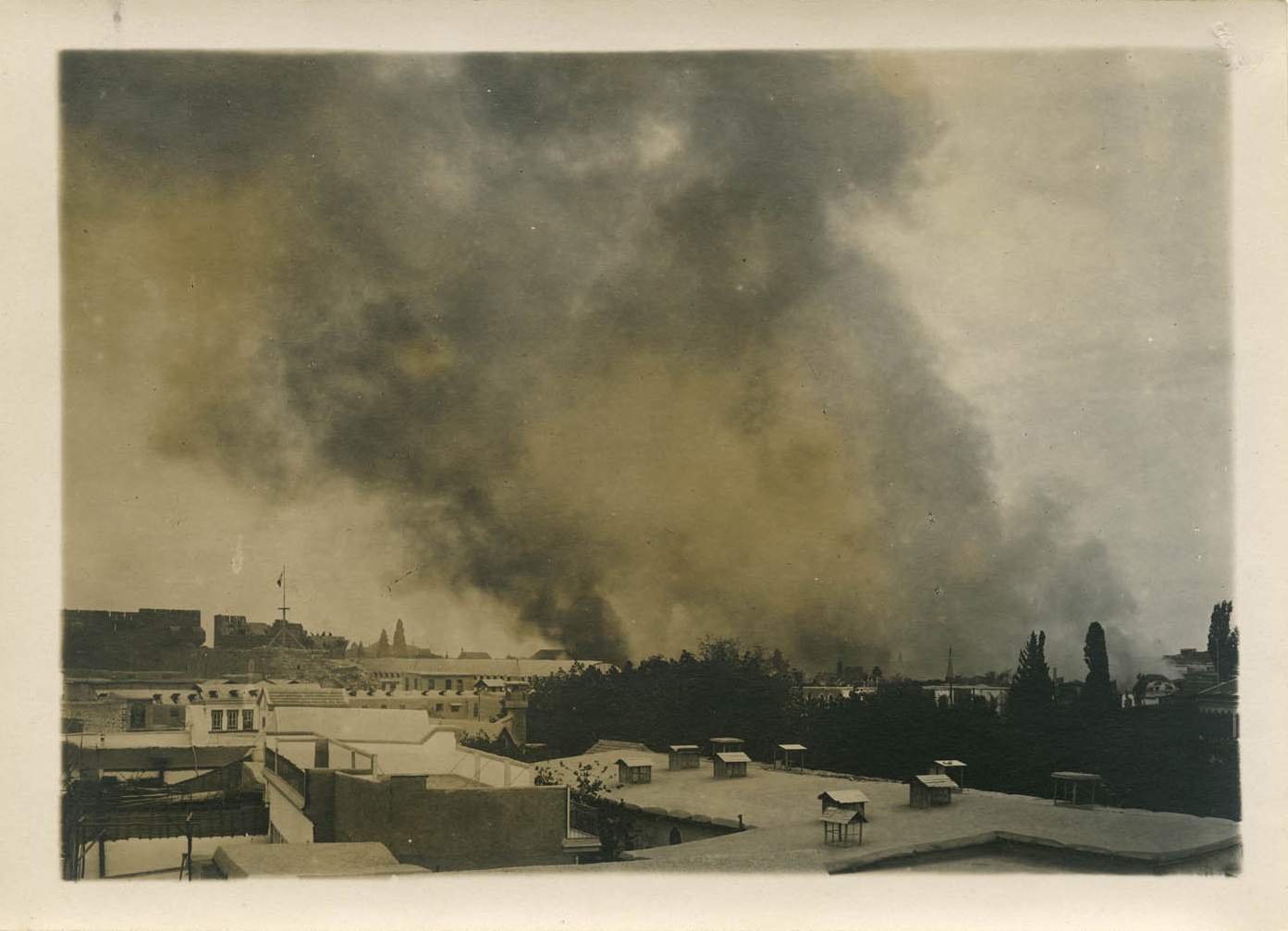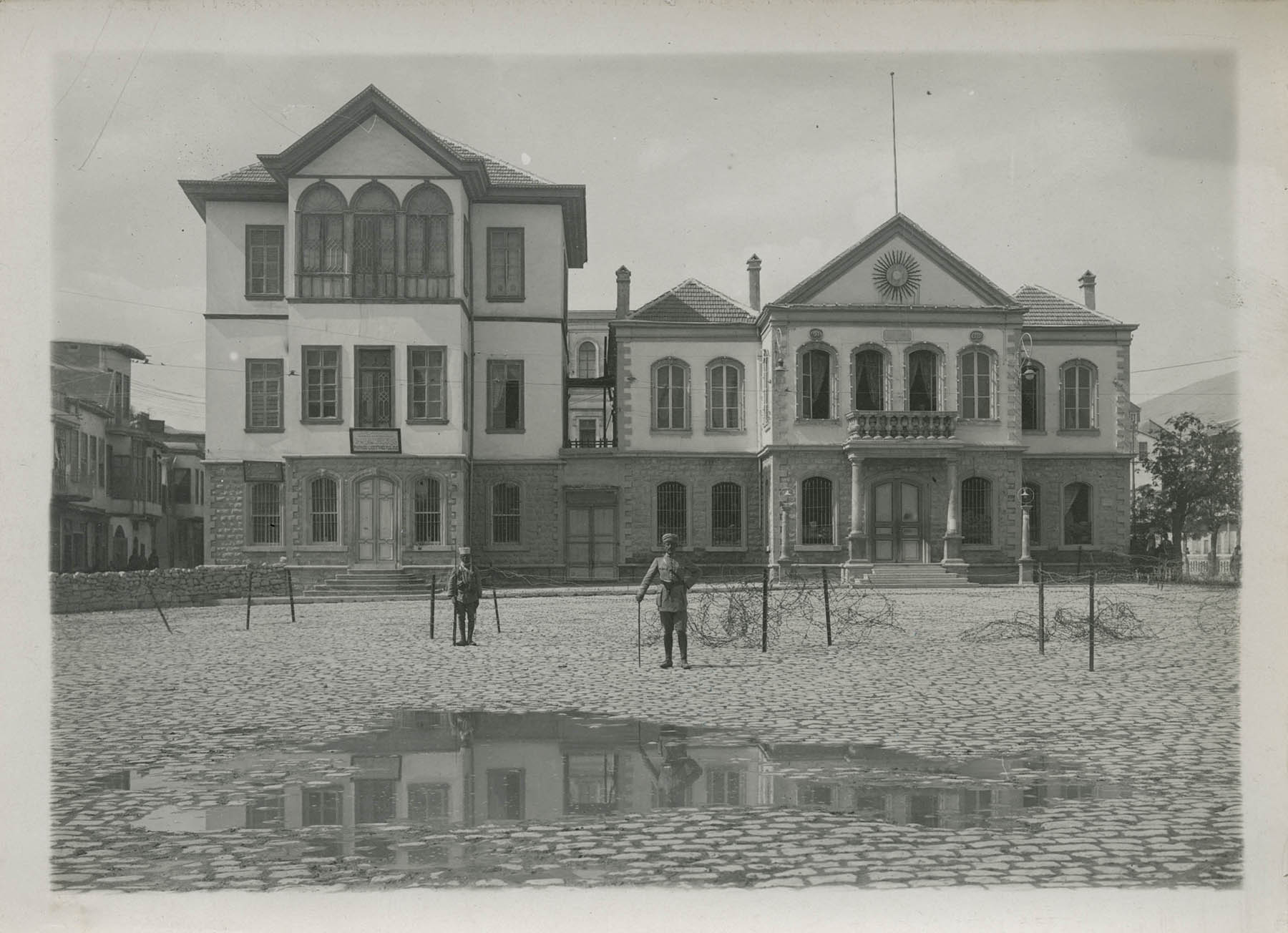by Heather Rockwood, Communications Manager
While perusing the MHS’s Rumford collection for juicy nuggets about the count’s ill-fated, later-life love story (described in Part 2), as well as connecting the dots between a Bavarian Count and baking powder manufactured in Rhode Island (Part 1), I also felt the love a person can feel for the tactile experience of going through archival documents. The joy of reading their words, even the ones in French (which I can’t read), looking at the stamps once used, smelling that old paper smell, and always finding surprises.
During my Rumford search, the first thing I noticed was the count’s and his daughter’s beautiful penmanship. I still write lists and short notes by hand, but mostly everything I communicate is online, and my penmanship lacks the beauty trained in the past. Thus, I’m in awe when I see a document by a person who had to write by hand and did it so beautifully, including their signature. The other items that made me smile were the leftover wax on a few of the letters, a stamp with George Washington on it, and a barely noticeable watermark on one sheet of paper.
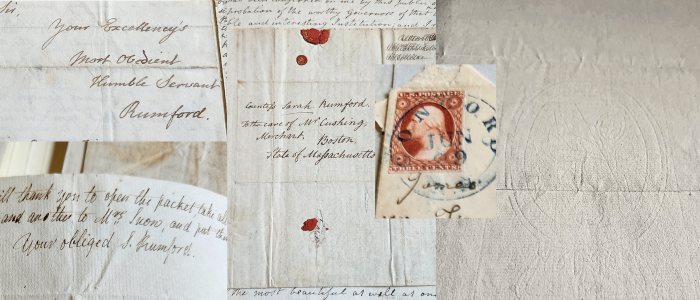
One of the more surprising pieces that turned up was a sheet of paper folded into a little square. No other sheet of paper was folded like this in the files, so it stood out right away. Curious, I carefully unfolded it, and I’m glad I was so careful, because it contained hair! On the outside of the square was written, “Hair of My own 9 Dec Concord 1848,” but the words didn’t mean anything to me until I almost jumped out of my chair seeing the hair inside.
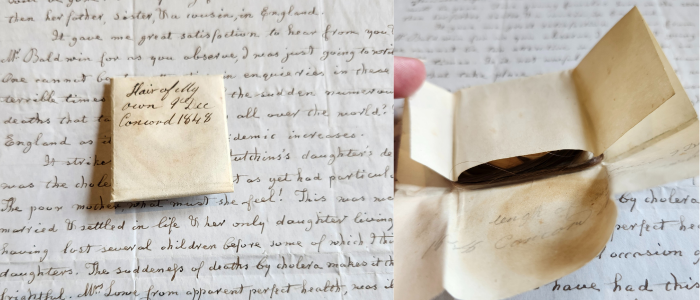
With my experience reading the archival letters between the Adamses, which were from the same time frame as the Rumford letters, I expected these letters to be in English, but many were in French. Not being able to read the language put me at a disadvantage, but nevertheless, I took some pictures of the French language documents, and I’m glad I did, for something I had not noticed in one of them now led to an interesting discovery—it was a birth certificate for Charles Francis Robert Lefebvre de Rumford, our Count Rumford’s son. At the top of the document was a handwritten note in English, “Birth of the natural Son of Count Rumford.” Charles was born in Passy, France, in 1813, one year before Count Rumford died at age sixty-one. Charles’s mother was Victoire Joseph Lefebvre (1786–1853), and she was twenty-seven when she gave birth to him. However, he is not mentioned in most online biographies of Count Rumford, such as his Wikipedia page. In fact, I only found full mention of him on genealogy websites and the Rumford Family Collection, held by the American Academy of Arts and Sciences (AAAS). So please give a moment of thanks to genealogists!
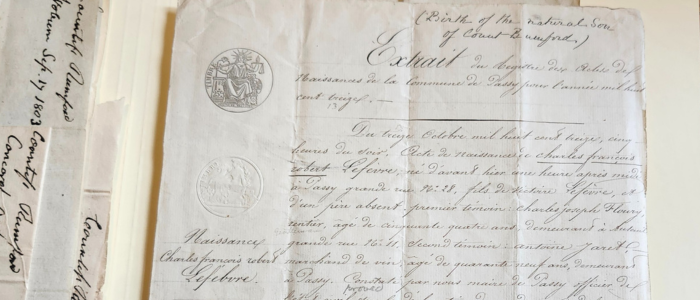
The AAAS’s page documented that Charles was illegitimate but carried the “de Rumford” name, as his father Count Rumford bequested it. He used “de Rumford” in the style of a French courtesy title, as “Count” is not a noble title in France, and because the count’s daughter, Sarah Thompson, Countess of Rumford, was his legitimate heir. In the following names, you may notice other courtesy titles towards the ends of names. Charles married Marie Louise Pauline Both de Tauzia and they had two children, Amédée Joseph Lefebvre de Rumford and Jeanne Marie Louise Sarah Lefebvre de Rumford. Amédée had two children, Marie Lefebvre de Rumford and Charles Lefebvre de Rumford. Marie had a daughter, Jacqueline de Freslon, who married her uncle Charles in 1923. Charles died in 1951, the last of the de Rumford line.
I hope you enjoyed this surprising journey that began with the Rumford files in the MHS’s George E. Ellis Papers. I found so much to savor while looking through it and afterward, sifting through my many photographs! It kept drawing me back to it.


